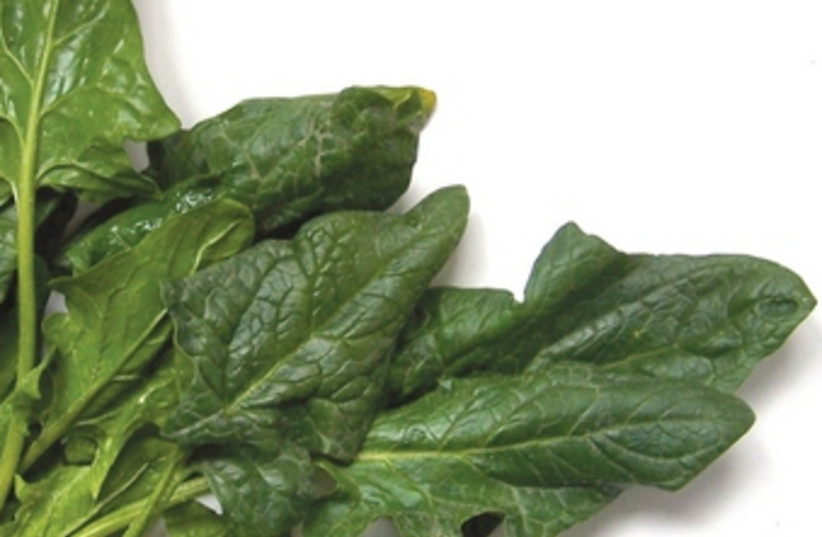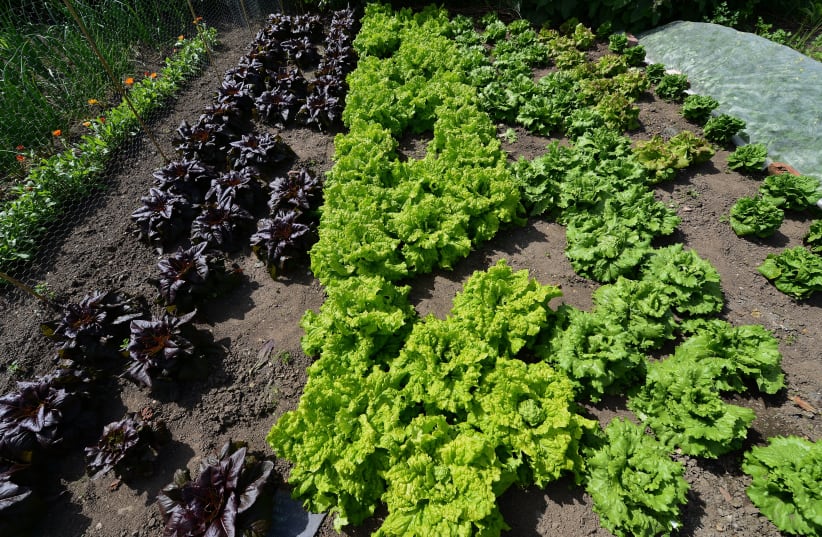Injectable vaccines could be a thing of the past, with University of California Riverside (UCR) researchers investigating turning edible plants like lettuce into mRNA vaccine factories and make edible vaccines, which could have significant implications in combating COVID-19.
Backed by a $500,000 grant from the National Science Foundation, the project works by showing how DNA with mRNA vaccines can be delivered into plant cells in a way that lets them replicate. If this works, it could mean that plants could produce as much mRNA as a traditional vaccine injection.
“Ideally, a single plant would produce enough mRNA to vaccinate a single person,” UNCR's Department of Botany and Plant Science's Prof. Juan Pablo Giraldo said in a statement.
“We are testing this approach with spinach and lettuce and have long-term goals of people growing it in their own gardens,” added Giraldo, who is leading the research and working in collaboration with researchers from UC San Diego and Carnegie Mellon University. “Farmers could also eventually grow entire fields of it.”


But how do mRNA vaccines replicate inside plants?
The key, it turns out, are chloroplasts. These small organelles exist exclusively in plant cells, and cannot be found in non-plant life forms, save for the amoeboid known as Paulinella chromatophora.
The amount of chloroplasts per cell varies heavily depending on the plant. Inside the cell, they behave dynamically and serve a wide variety of functions such as synthesizing fatty acids, amino acids and helping the plant's immune response.
But its most famous and crucial function is to conduct photosynthesis, where chlorophyll captures energy from the light of the Sun and turning it into energy stored in ATP and NADPH molecules. This process allows it to free oxygen from water in the cells. It also then conducts what is known as the Calvin cycle, using ATP and NADPH to convert carbon dioxide into glucose.
These processes are vital to maintaining the life of a plant, as well as maintaining life on Earth. This is because through photosynthesis, plants essentially "breathe" carbon dioxide while releasing oxygen as a waste product, which is not only the opposite of most life forms, which breathe oxygen and release carbon dioxide, but is also responsible for producing and maintaining Earth's oxygen as a whole.
But the ability of chloroplasts to convert sunlight and carbon dioxide into glucose and other molecules has other implications, with Giraldo saying that they are an "untapped source for making desirable molecules."
And he has evidence to back this up. His prior research has shown that chloroplasts can express genes not naturally part of the plant if foreign genetic material is properly sent into the plant cell. Of course, this could only be done if the material was encased in the proper protective material, and figuring out which material would be used can be especially tricky. However, it is exactly this that Giraldo's laboratory specializes in.
But to get it in, one needs nanotechnology. That is why Giraldo has partnered with UC San Diego nanoengineering specialist Prof. Nicole Steinmetz to deliver the mRNA material into the chloroplasts.
"Our idea is to repurpose naturally occurring nanoparticles, namely plant viruses, for gene delivery to plants," Steinmetz said. "Some engineering goes into this to make the nanoparticles go to the chloroplasts and also to render them non-infectious toward the plants."


If successful, these findings could revolutionize how vaccines are administered into the human body. This is especially relevant, as vaccine hesitancy is strong in many places throughout the world, something that in the COVID-19 pandemic, the most widely-used vaccines for which are mRNA vaccines made by Pfizer and Moderna, can contribute to rising cases.
But this method could see vaccine hesitancy take a significant cut. This is because a significant amount of all vaccine hesitancy isn't simply rooted in doubts over the vaccine's effectiveness or misunderstandings about the virus and the vaccine's properties, but due to a simple fear of needles.
This was revealed in a study released in June 2021 by the University of Oxford, which suggested that treating fear of needles could reduce vaccine hesitancy by over 10%.
This may be a small number, but as noted by Oxford's Department of Psychiatry's Prof. Daniel Freeman, "When it comes to controlling COVID-19, every vaccination counts."
Jerusalem Post Staff contributed to this report.
